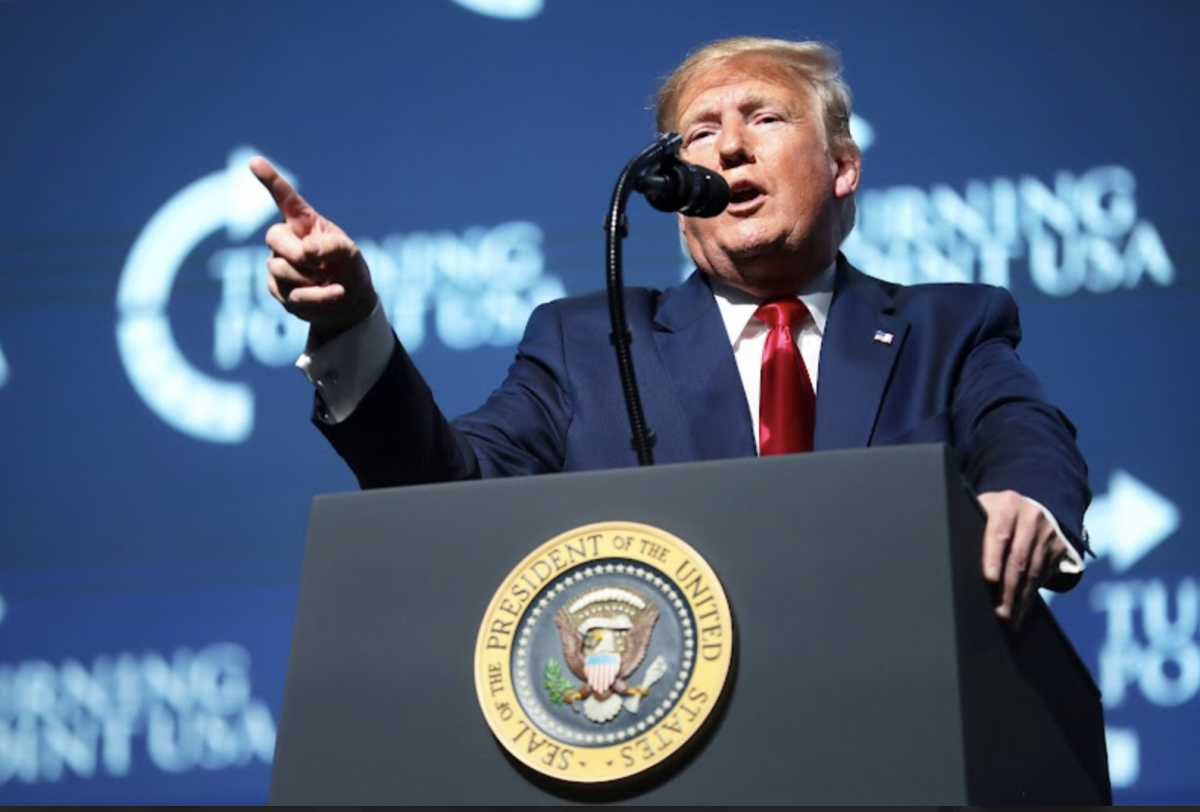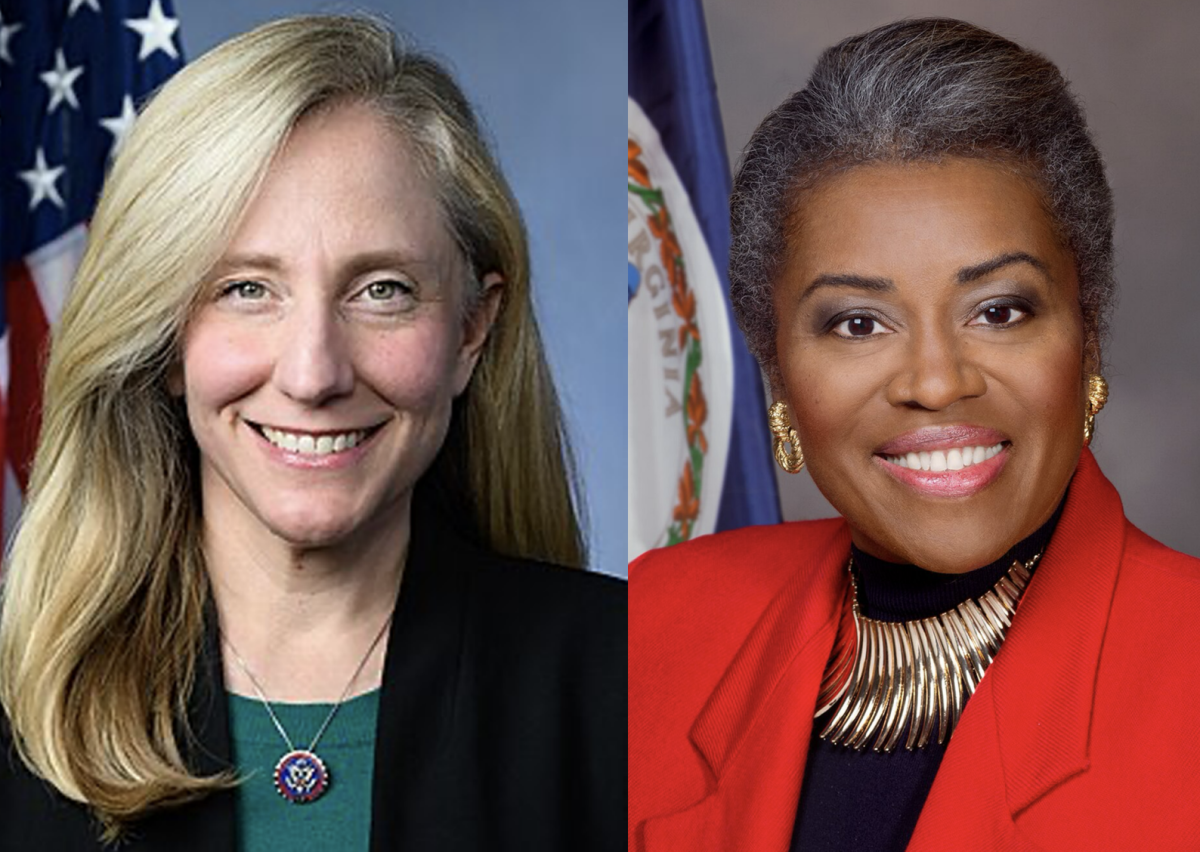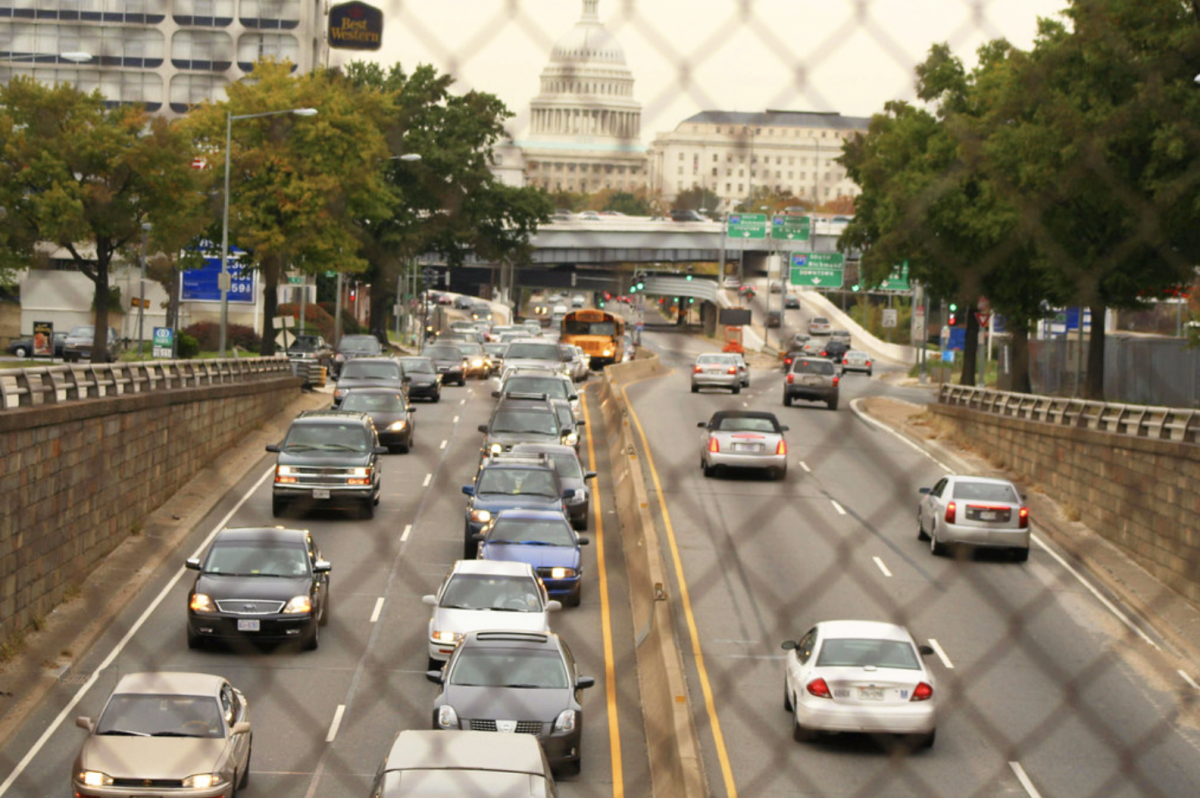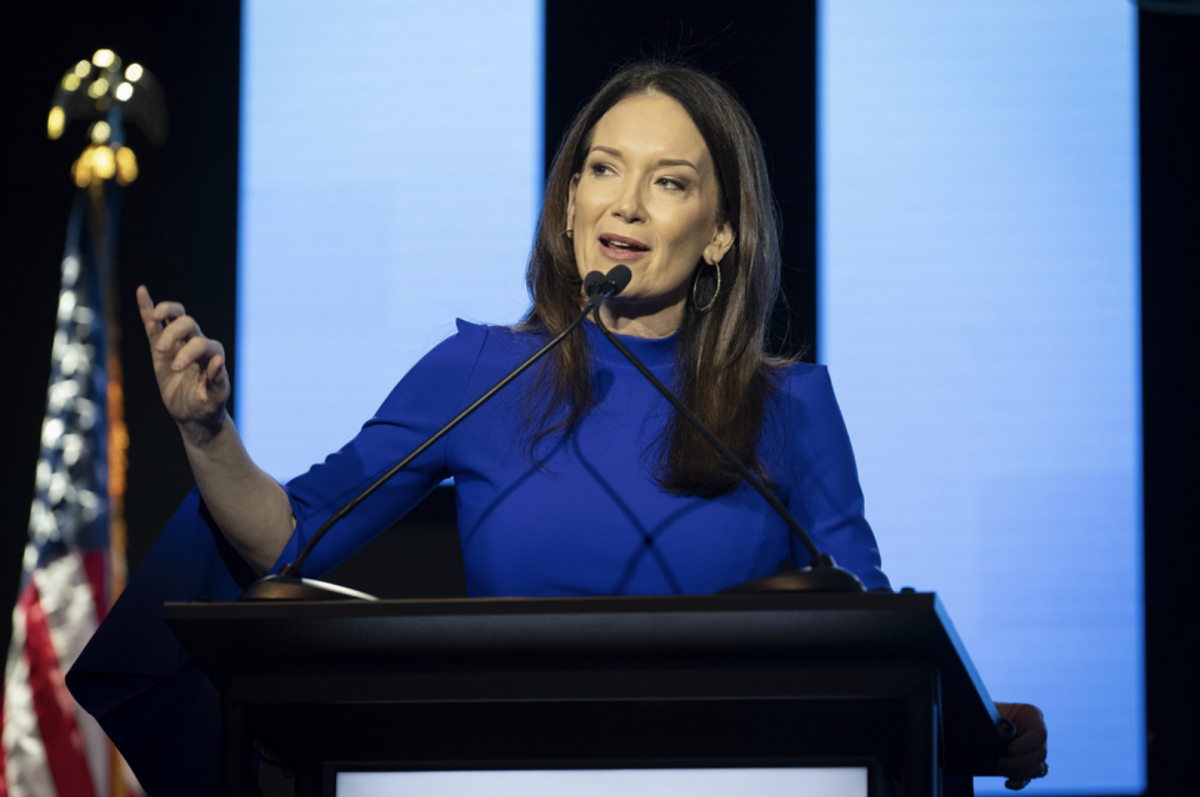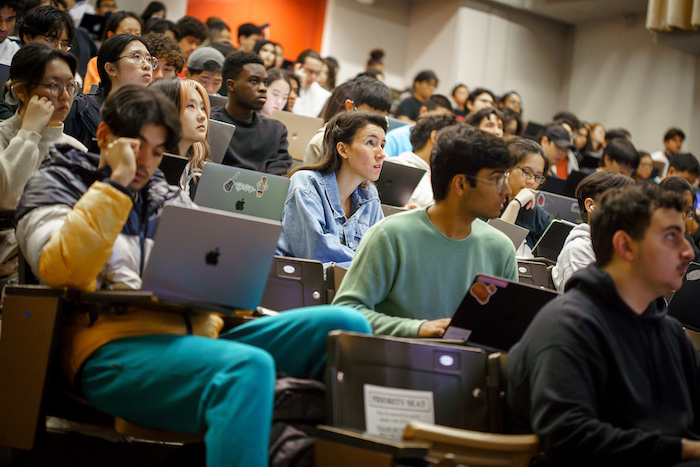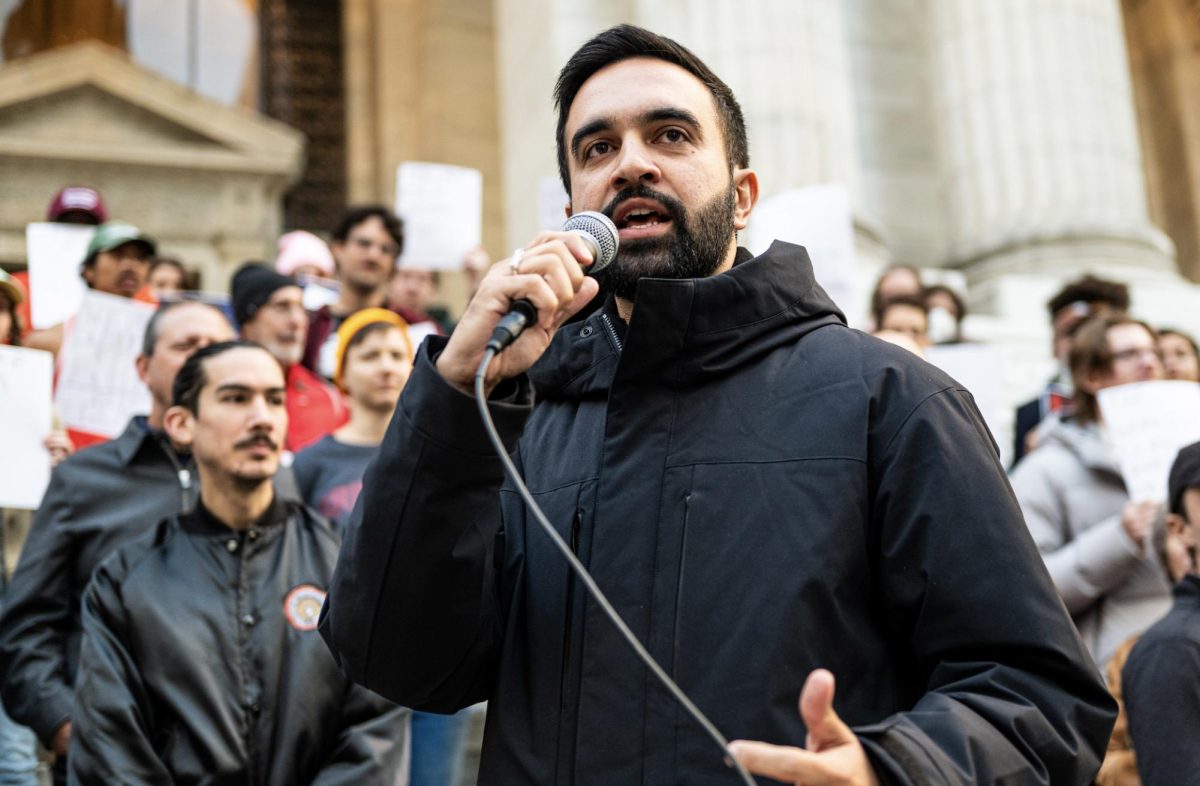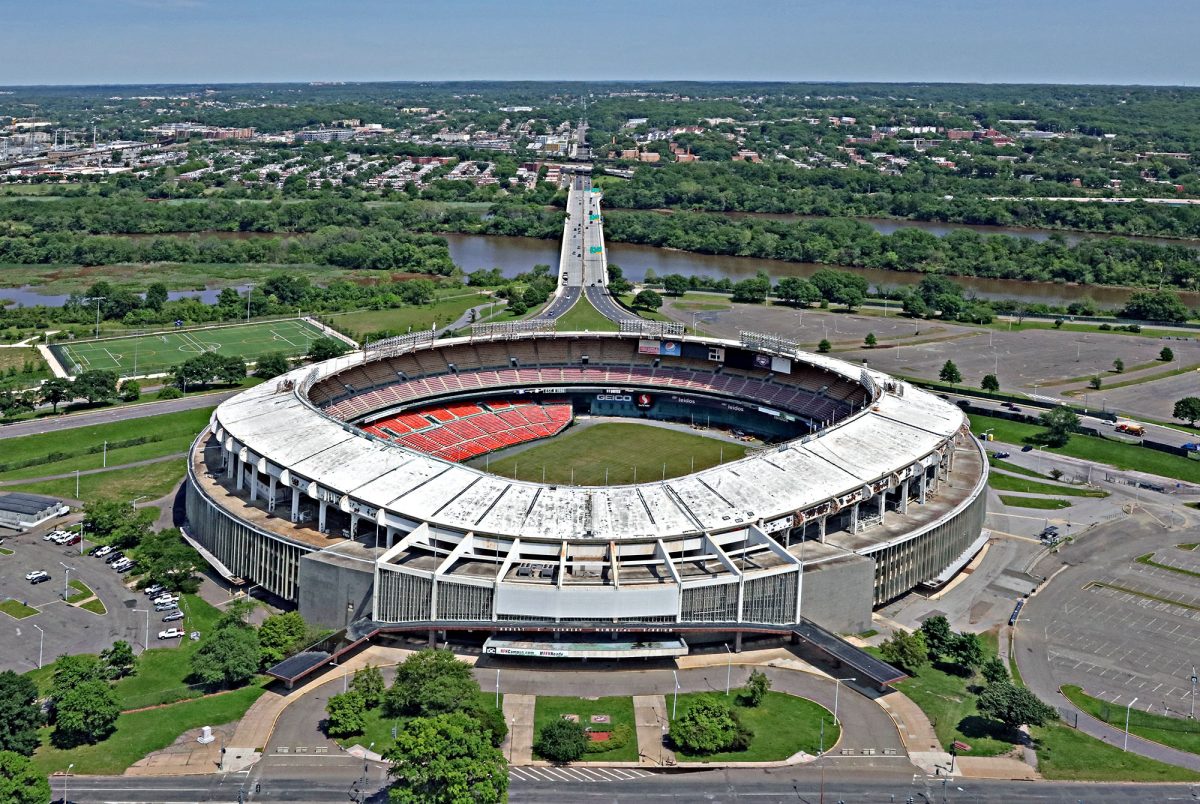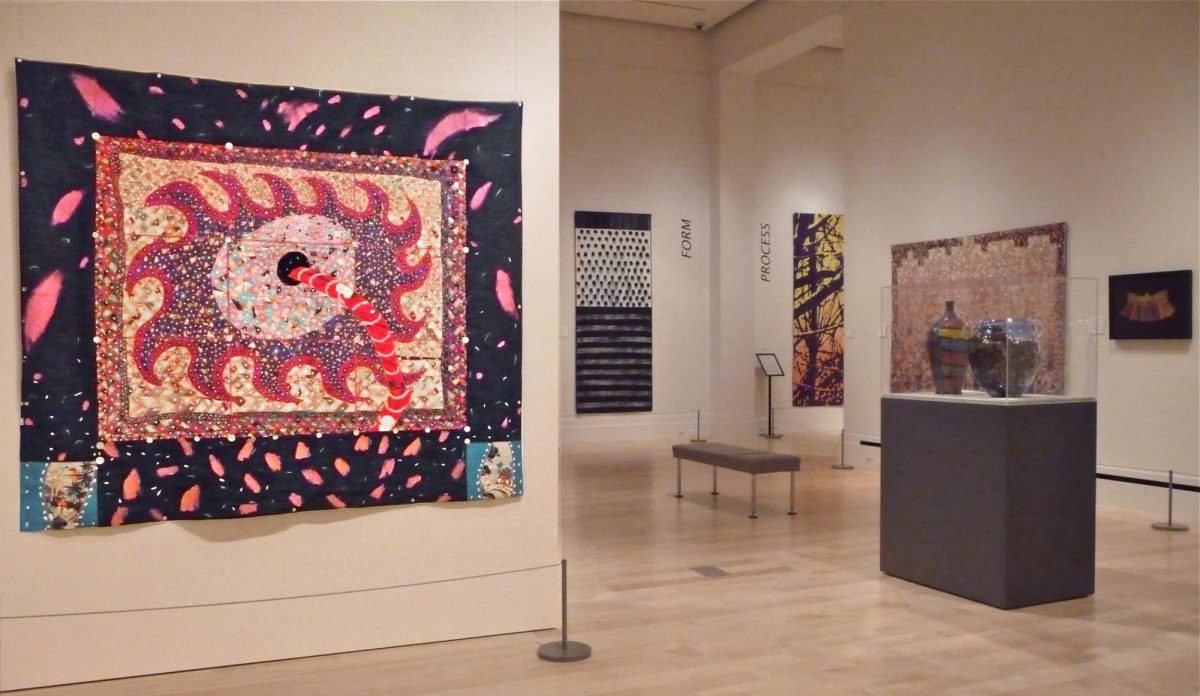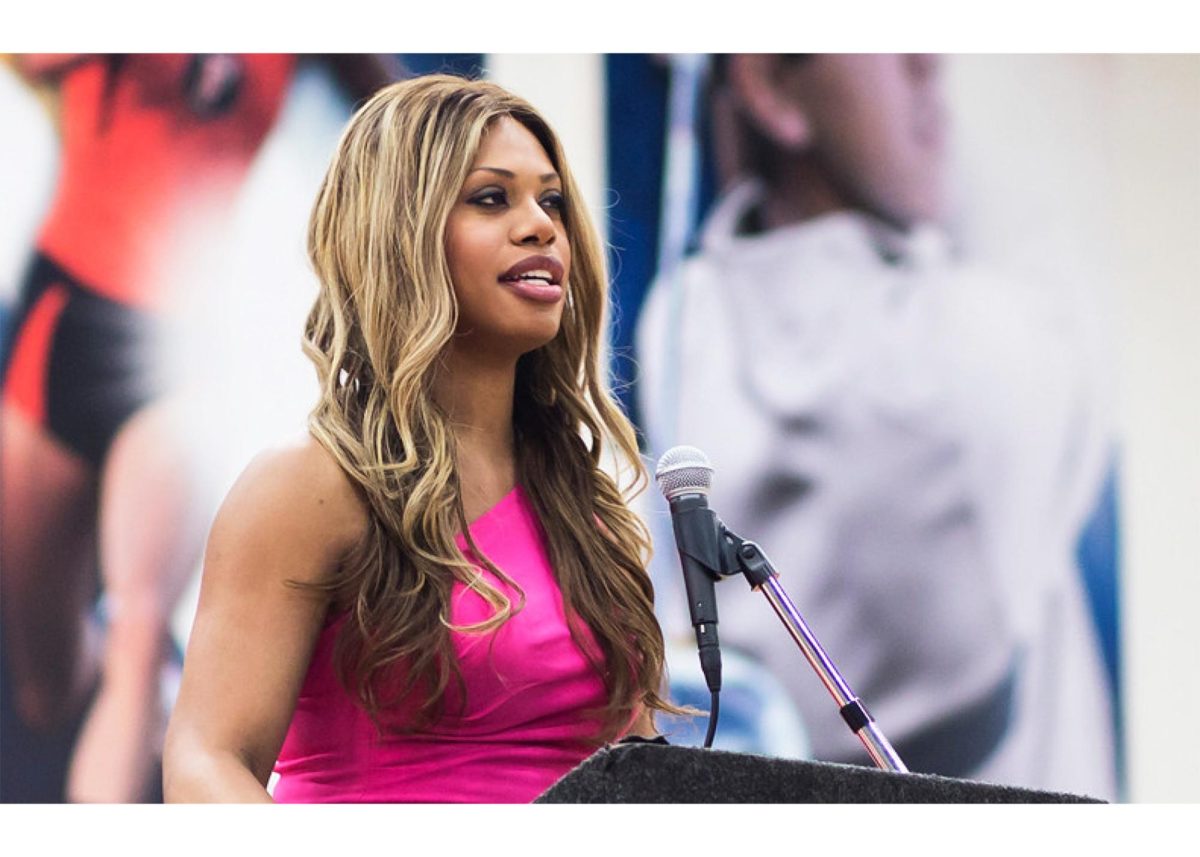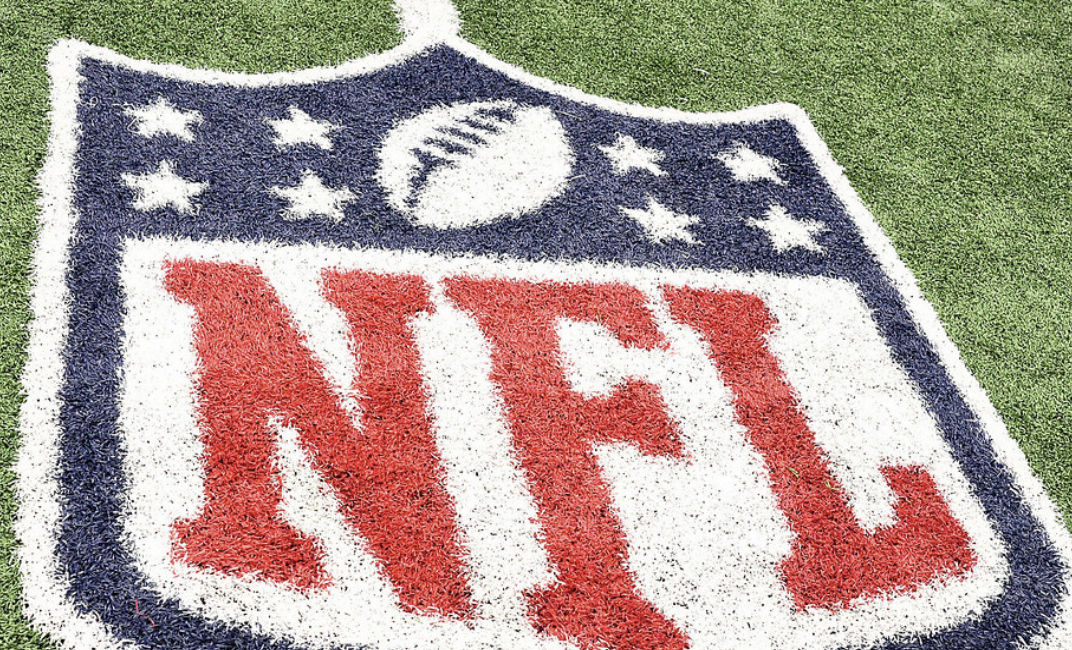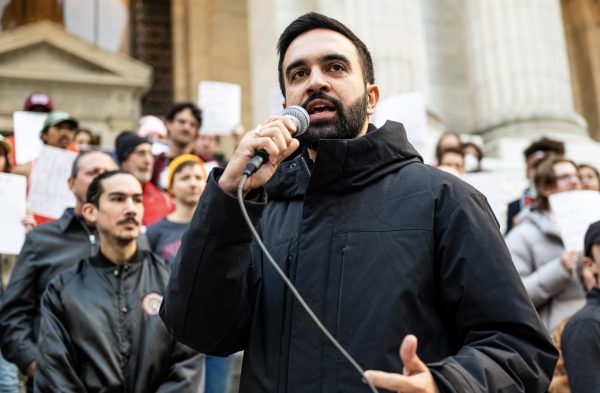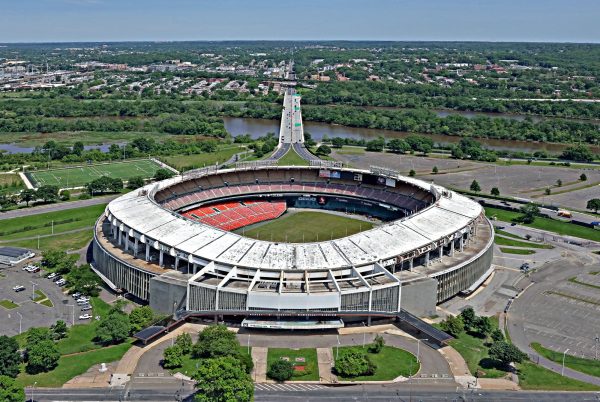Affirmative Action’s End Would Create a More Unequal United States
On Oct. 31, affirmative action policies may receive their final blow. A conservative supermajority will likely rule affirmative action unconstitutional in two historic Supreme Court cases: one against Harvard University and another against the University of North Carolina at Chapel Hill. The plaintiffs argue that these admissions practices discriminate against Asian Americans — an argument parroted by many people who worry that affirmative action will hinder their children’s chances of admission. Allowing these fears to guide policy is dangerous and threatens to erase the decades of progress in racial justice that affirmative action ushered in. Far from discriminatory, affirmative action is necessary for a more equitable United States: one that acknowledges structural inequities and works proactively toward remedying them.
A race-conscious admission system is no panacea, but it is a vital tool in the creation of a diverse student body. From their inception, affirmative action policies forced long-segregated elite schools to reckon with their complicity in perpetuating institutional racism. In 1969, many competitive colleges enrolled twice as many Black students as they did just the year prior, according to The New York Times. Today, ensuring minority enrollment is just as, if not more, critical. The University of California, Berkeley found that 80% of American metropolitan areas are more racially segregated than they were 20 years ago, compounding economic and educational gaps. In a system where white applicants disproportionately benefit from higher-quality schooling, standardized test preparation and legacy admissions, affirmative action forces colleges to take these inequities into consideration. Under these policies, the number of minority college graduates — including Asian Americans — has increased, meaning more diverse workforces and leadership, according to the Center for American Progress.
Opponents argue that alternatives that do not consider race can adequately replace current policies, but this perspective ignores empirical evidence. Although race-neutral replacements, like community-college transfer programs and financial aid expansion, have seen some success, banning affirmative action means that these benefits become racially segregated. In 2006, before the state outlawed race-conscious admissions, the University of Michigan’s student body was 7% Black. In 2021, Black students made up only 4% of undergraduate enrollment, according to the Chronicle of Higher Education. Similarly, an American Bar Association report showed that Black students received 55% fewer admissions offers to UC Berkeley and UCLA following the 1996 end of affirmative action. Over 20 years later, the UC system has never recovered from these diversity losses. Even in states where minority enrollment increased, it did not increase at the same rate as the growth in states’ underrepresented minority populations. As a result, a University of Washington study concluded that it will take 215 years for public institutions that have banned race-based admissions to enroll underrepresented minorities at the same rate as non-minority students.
Setting back two centuries worth of progress is not worth it, even if it means sacrificing an “ideal,” colorblind meritocracy. A colorblind admissions process cannot be fair so long as society continues to distribute opportunity unequally. Affirmative action dismantles the narrative that if students do not achieve, it is their own fault, acknowledging the role of historical inequality in shaping educational experiences. More than a policy, affirmative action sets a model for the way we think about racism in the United States: as an ongoing issue requiring continued attention rather than a problem of the past.

Irene Zhao is currently Editor-in-Chief of Horizon. She served as a News Editor in the 2021-2022 school year. Prior to that, she worked as a Staff Writer...


